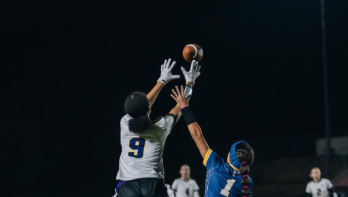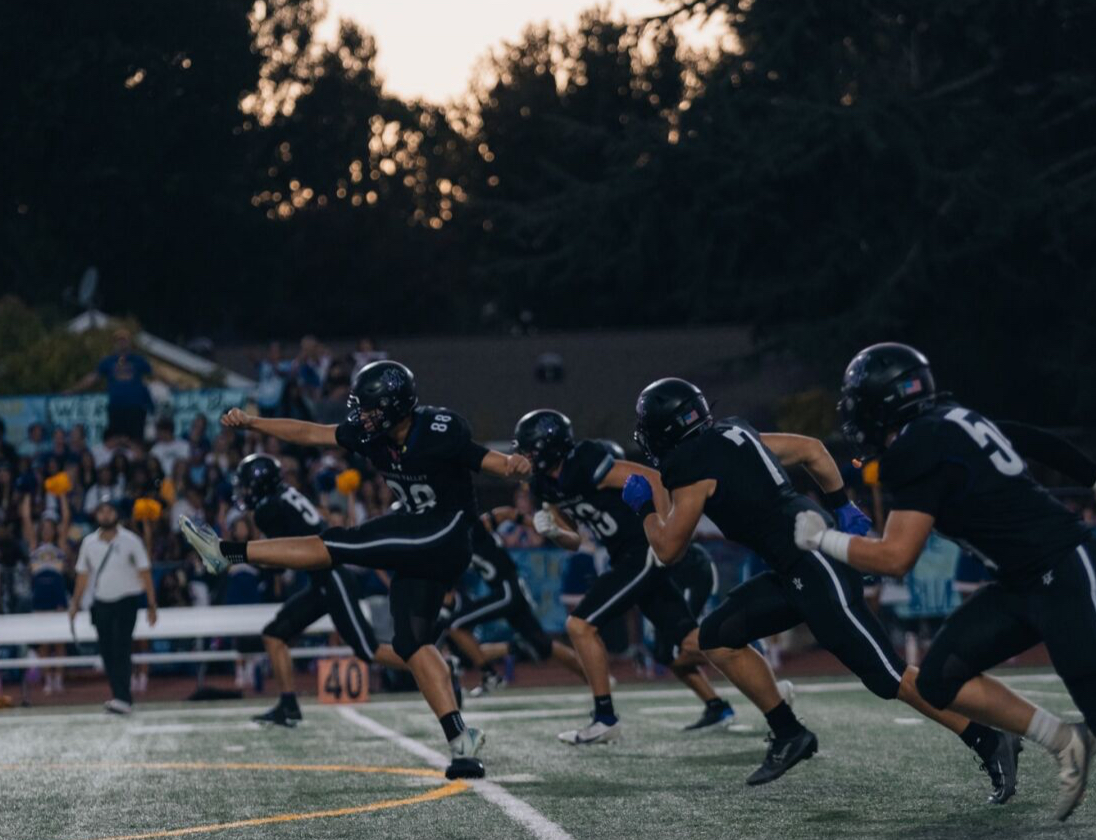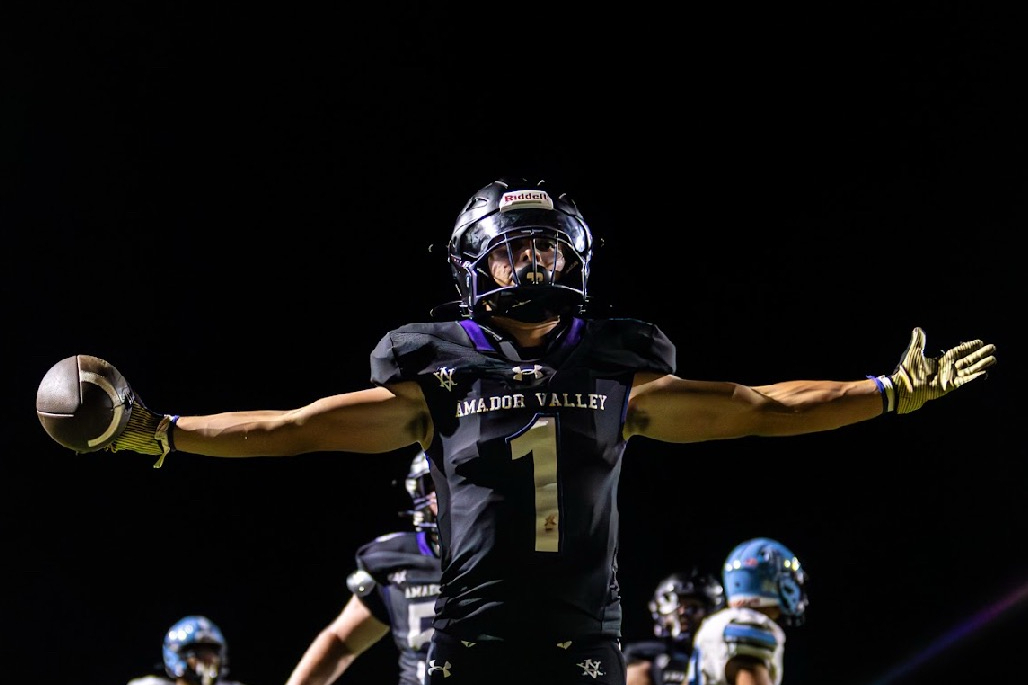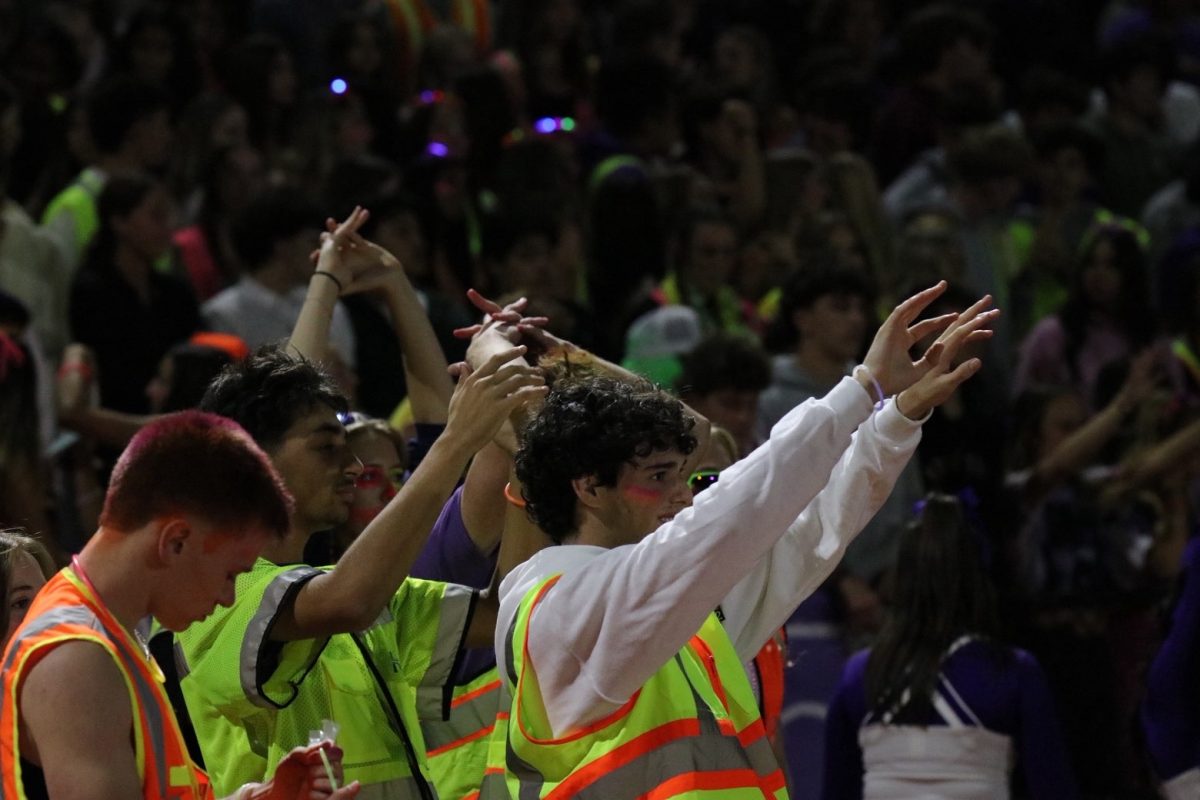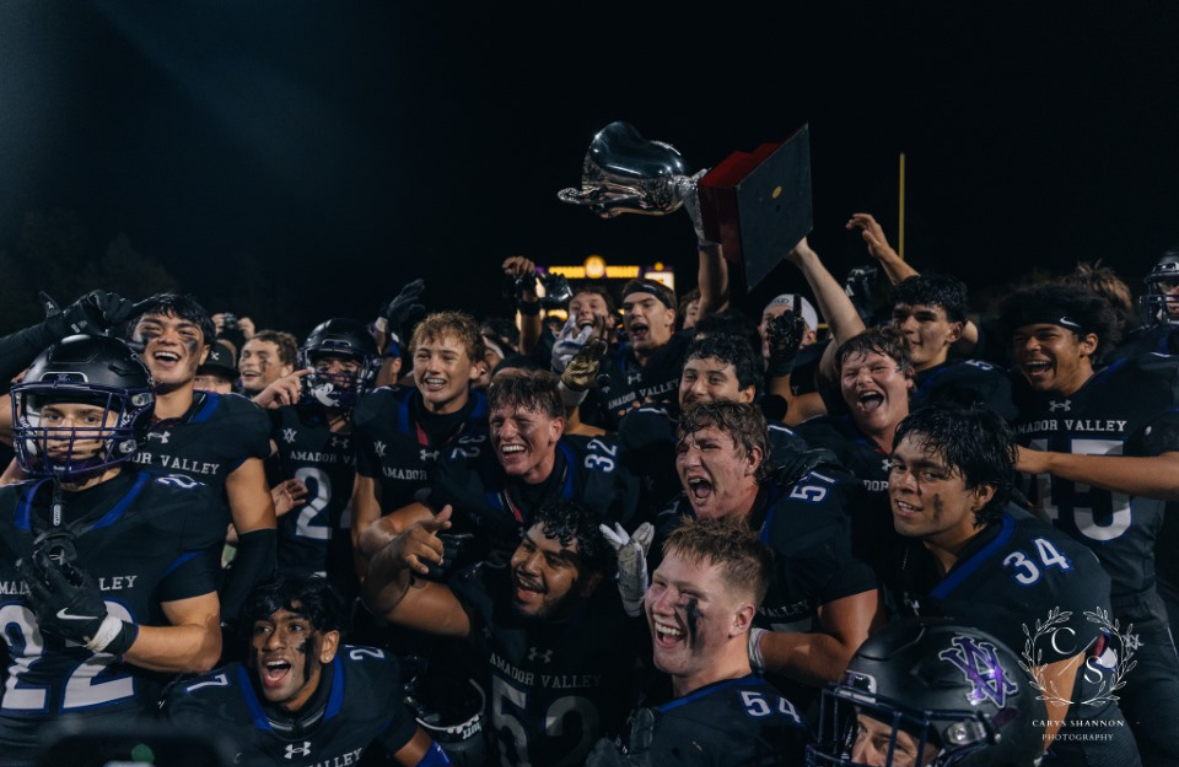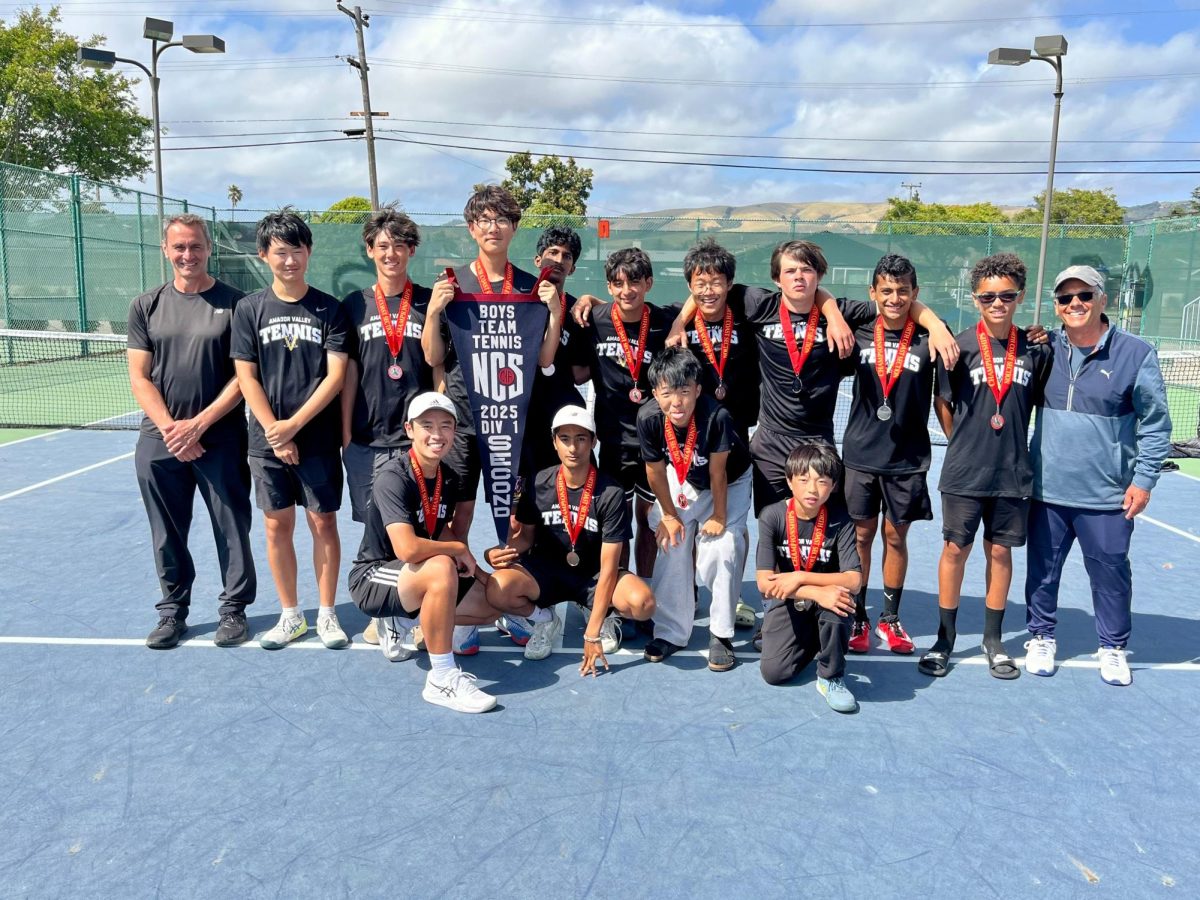At Amador Valley High School, the spring season brings along the popular sport of Track and field. Despite being one sport for many to take part in, it holds a multitude of events that students can participate in.
Two major categories that the sport falls under are the events on the track and the ones on the Field. Fields events normally consist of object oriented events like pole-vaulting and shotput while track events rely on your ability to run.
“We have a few different event groups. We have the sprints which is the 100, 200, and 400 meter dash. We have two hurdle races, one is 200 and the other is 300. We have jumping events, the long jump, the high jump, and the triple jump. We have throws which are the shot put and the discus,” said Track & Field Coach Jason Oswalt.
With each event, there are a variety of warm-ups that the team goes through to keep themselves ready for race day. It is a necessity that the coach requires on the team to keep themselves from injuries.
“Our warmup run is 10 minutes, but it depends [on] how many minutes you have on the sheet,” said Gavin Shimogima (‘27).
Race day, the pinnacle of the track and field season, is a spirited convergence of teams, showcasing months of training and dedication. Athletes engage in meticulous warm-ups, preparing both body and mind for the intense competition across diverse individual events.
“On race day we try to get to the meet 90 minutes before our events, and usually we start warmups 50 minutes before our events. We have to make sure we are checked in for our race. There are different protocols for each event, sometimes they want us to check in 10 minutes before our race,” said Team Captain Prithvij Rakesh (‘24).
The distinction between these two categories lies in the play areas: one exclusively on the track, the other solely on the field. The Track category further divides into two subcategories, sprints, and distance. Sprints, notably shorter, add dynamism to the track meet, demanding athletes to showcase explosive speed and agility.


